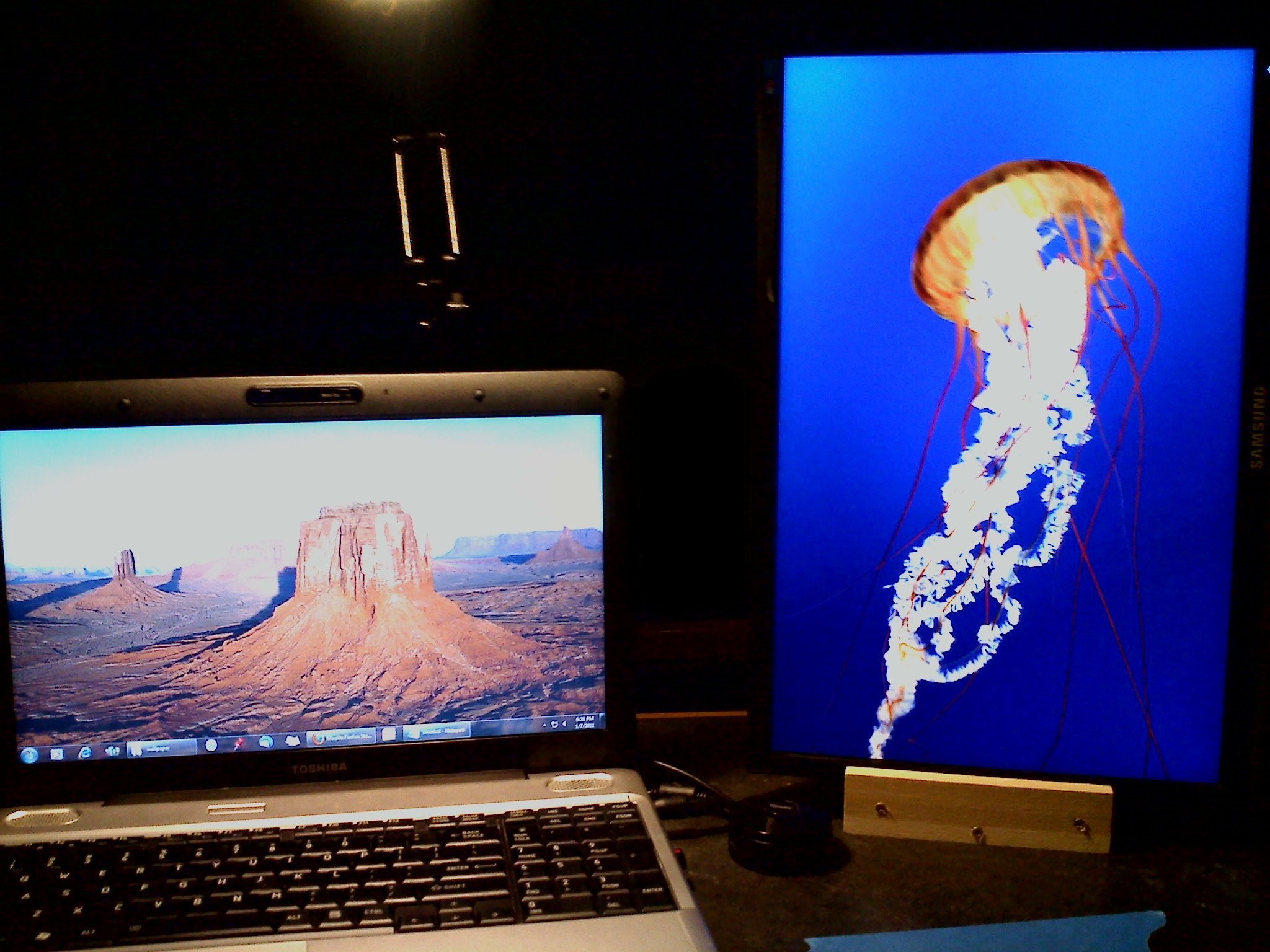
If you have not tried it, definitely check it out and let us know what you think. Tasks like these used to be complex and required third-party support in some cases.
MULTIPLE DISPLAYS WINDOWS 10 WINDOWS 10
Windows 10 makes being a power user a lot more fun and easy. You can snap your favorite apps while interacting with others. Windows 10 also supports the new Snap Assist for multi-monitor setups. You will notice this does not remove the Taskbar. Click Apply and OK and there you have it. You can also customize how icons are displayed on the second monitor. If you do want to change it, just click on the Show taskbar button list box and select Main taskbar and taskbar where window is open. Click on the Multiple Displays drop-down menu. It allows quick access to applications or the Start menu. In the Displays Setting menu, it should list all detected displays (in the example below, 2 displays are used). I prefer to keep it on both screens for convenience. Here, you can choose to have the option of displaying the Taskbar buttons only on the primary monitor or you keep the default and have it on both. You’ll also get new options on the Taskbar properties when you enable Multiple Displays.
MULTIPLE DISPLAYS WINDOWS 10 HOW TO
If you encounter problems with your multiple monitor setup, like a blank or black screen, no signal to monitor, resolution issues, see the Dell knowledge base article How to Troubleshoot Multiple Monitor Problems on a Dell Computer. One of the things you will notice by default, Windows 10 displays the Taskbar on both displays, but you can change this if you want. Microsoft Windows 10, 8 or 8.1, and 7 support dual or multiple monitor setups. To change the screen resolution, scroll down and select Additional display settings.Ĭlick the Display you that you want to modify and then click in the Resolution drop-down menu and choose the resolution you want. You also have the option of changing the orientation of the monitor if supported, so if you read a lot of web pages, you can change from landscape to portrait. For example, the default screen resolution for monitor 2 is 1366 x 768, I can individually adjust settings for just that monitor without affecting the main one.

The Display Setting window will come up, and here you can make individual adjustments for each monitor. Right-click the desktop and select Display settings. If you have unique requirements, you can adjust these using Display Settings.


You can also use the Windows key + Tab shortcut on your keyboard, or you can swipe with one finger from the left of your. Here’s an idea of what setting up a second monitor using a laptop looks like. Click the Task View button in your taskbar. In the example below my second monitor on the right. Extend will place a copy of the Windows desktop on the second monitor with its options separate from the main monitor. In my case, I need some additional screen real estate so I will go with the Extend option. This will bring up a menu with a list of options. If you want to expand the desktop UI over two screens, select the Extend option. There are four types of display methods that can be chosen. The first thing you need to do is connect the monitor to your HDMI, DVI, or VGA port on the PC. From the taskbar, click on the Action Center (bottom right of screen) and select Project, or if you want to use the shortcut keys, press the Windows Key and P key and the Project menu will appear.


 0 kommentar(er)
0 kommentar(er)
